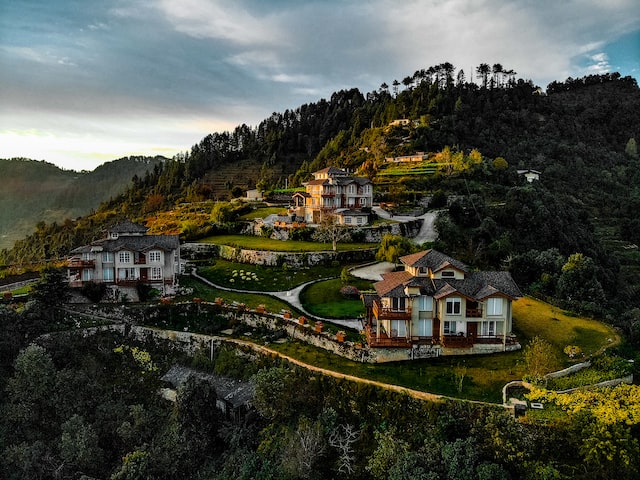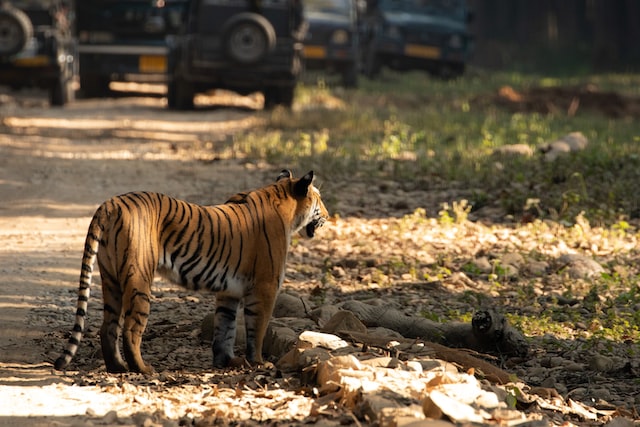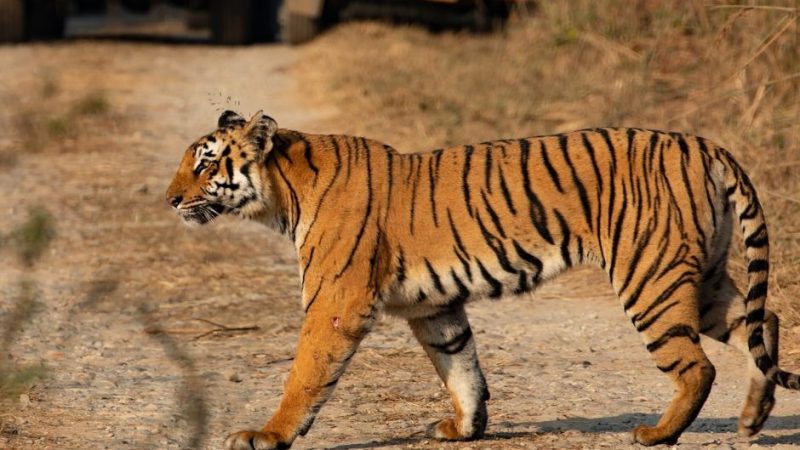
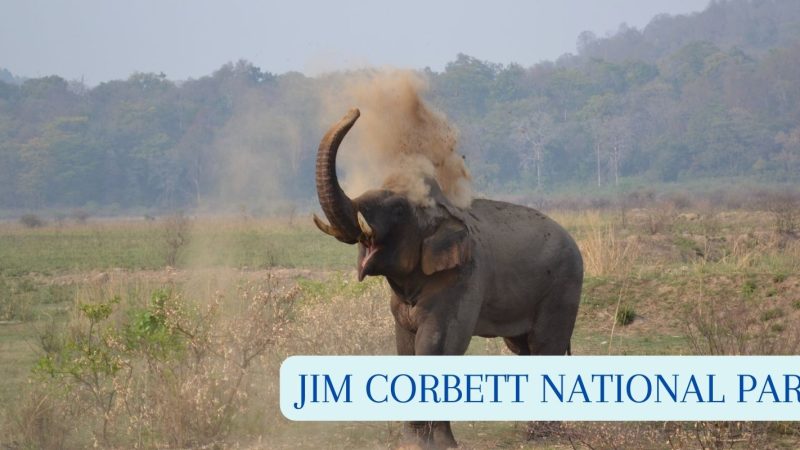
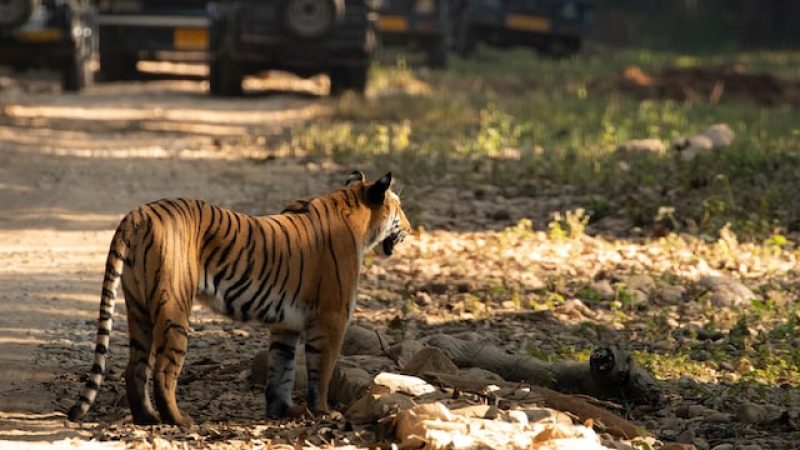
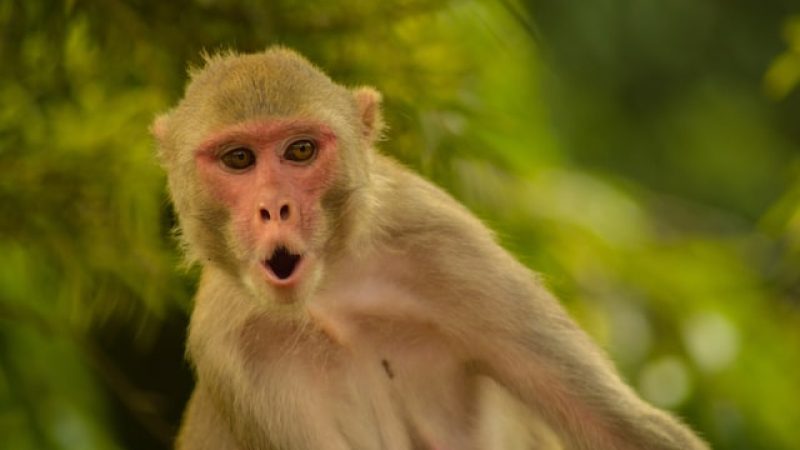
Embark on a journey to Jim Corbett National Park, India’s first and foremost wildlife sanctuary, which has enthralled nature enthusiasts since 1936. Sprawling across 520 square kilometers, the park is a haven for the enigmatic Bengal tiger, the magnificent Asian elephant, and an astounding 650 species of birds, alongside a plethora of flora and fauna that contribute to a thriving ecosystem
One of the most important events that take place in Haridwar is the Kumbh Mela, a Hindu festival that attracts millions of pilgrims from all over the world. It is believed that bathing in the Ganges during the Kumbh Mela can wash away one’s sins and lead to salvation.
Jim Corbett National Park’s lush landscapes and diverse wildlife offer nature lovers an experience of a lifetime. The park’s biological wealth includes:
Jim Corbett National Park, situated in Uttarakhand, India, is a popular destination for nature lovers and wildlife enthusiasts. The park is well-connected by air, rail, and road, making it easily accessible from various parts of the country. Here are the different ways to reach Jim Corbett National Park:
Jim Corbett National Park, nestled in the Indian state of Uttarakhand, attracts wildlife enthusiasts and nature lovers from all over the world. This park is home to a diverse array of flora and fauna, including the elusive Bengal tiger. When planning your visit, knowing the ideal time to explore the park will enhance your experience.
The best time to visit Jim Corbett National Park can be classified into three distinct seasons:
